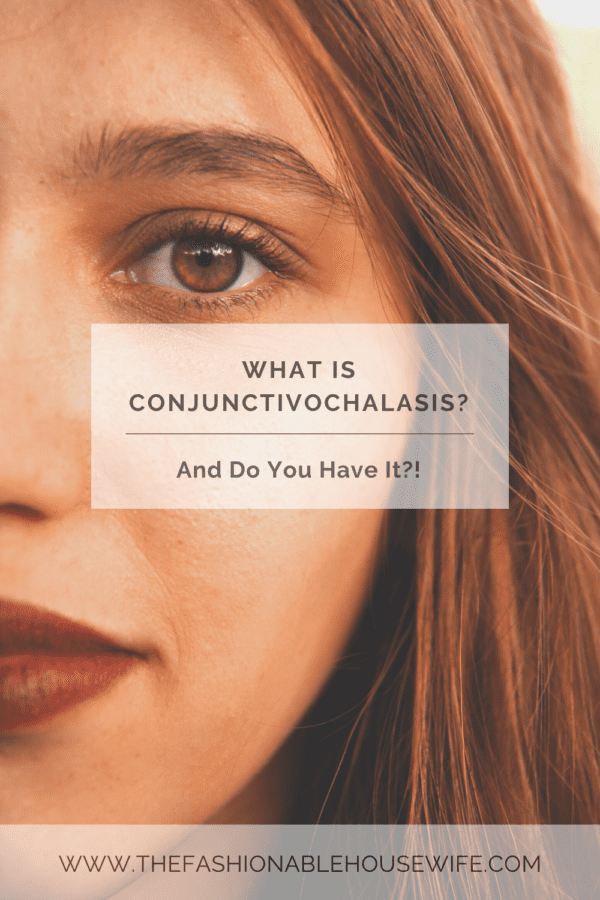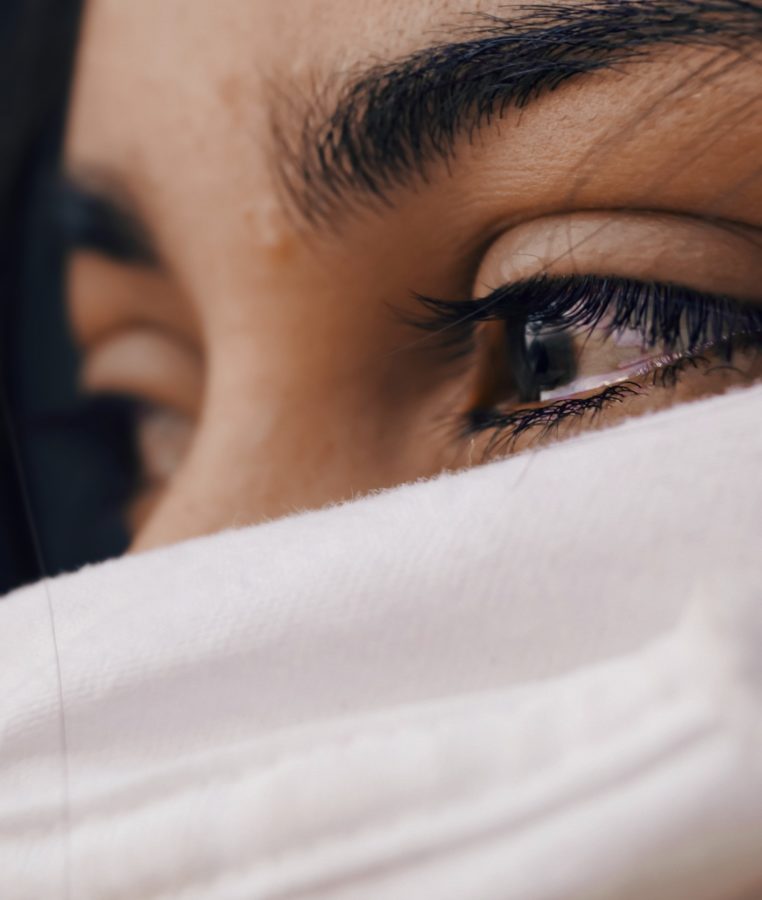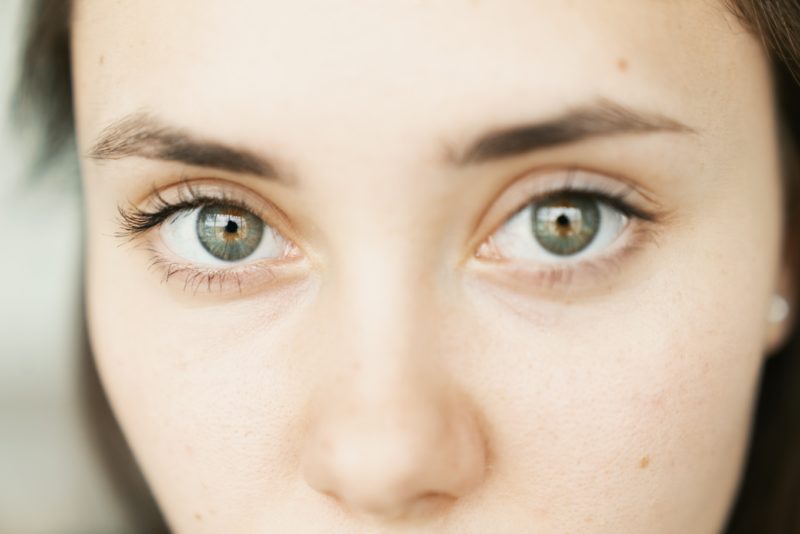
Are you experiencing pain in your eyes? Are you feeling a bit uncomfortable? If so, you may be suffering from dry eye syndrome. Exactly as it sounds, dry eye syndrome means that your eyes are drier than they should be. Your eyes are made up of aqueous humor. They are supposed to be moist if you want them to function properly. Your eyes should continuously secrete tears that keep them moist.
This is partly what happens when you blink. Unfortunately, there are situations where your eyes might not be functioning as they should. If that is the case, you need to see an eye doctor to learn more about dry eye syndrome. There might also be a chance that you are suffering from something called mechanical dry eye, also known as conjunctivochalasis. Do you have this condition?
Learning the Signs and Symptoms
If you are curious about this condition, the first thing you need to do is pay attention to the signs and symptoms. A lot of the symptoms you may notice mirror that of regular dry eye syndrome. For example, people who suffer from dry eye syndrome often complain that they feel like there is sand in their eyes, especially if they don’t get a good night’s sleep. They may complain of blurry vision as well. A lot of people who suffer from dry eye syndrome have redness around their eyes. You might also spend a lot of time rubbing your eyes, which could cause them to swell.
If you have conjunctivochalasis, you will probably have many of the same symptoms. You will probably experience vague discomfort. You might even think there is a foreign body in your eye. Even though putting some eye drops in your eyes can provide temporary relief, this is not going to be enough to completely take care of the condition. That is why you need to go to an eye doctor for help.
Conducting a Physical Exam

When you go to the eye doctor to learn more about this condition, the first thing he or she is going to do is ask you about the symptoms. Then, your eye doctor will conduct a thorough physical exam. The eye doctor will probably do a split lamp exam, shining a bright light in your eyes. The eye doctor will look for folding of the conjunctiva over the lower lid margin. Typically, this takes place in the lower eyelid. It usually takes place close to your nose.
If your doctor says that you have redundant or pleated conjunctiva, this is a sign that you have mechanical dry eye syndrome, also known as conjunctivochalasis. Once the diagnosis has been made, the eye doctor is going to talk to you about the treatment process.
The doctor may also take a close look at your tears to make sure they are being secreted properly; however, the problem is usually related to an obstruction of the tear ducts, not an issue of the tear ducts themselves.
The Treatment Options
Once the doctor has made a diagnosis, he or she is going to talk about the treatment options with you. In a lot of cases, patients are given artificial tears first. This is used to manage the condition. It is not necessarily going to cure the problem, as this is not going to do anything about the folded eyelid; however, it can moisten your eyes a bit, alleviating the symptoms.
If this is not enough for you, the eye doctor may talk to you about surgery. Surgery can be done to remove the excess tissue, creating more room for the tears to circulate in your eyes. Usually, this is a procedure that is done only with topical anesthesia. You should not have to undergo general anesthesia. The procedure is usually done in less than a half-hour, making this an attractive treatment option.
If you want this procedure to be a success, you should talk to your eye doctor about Prokera cryopreserved amniotic membrane. This could be an effective treatment option for those who suffer from this condition. Make sure you Discover mechanical dry eye, and learn everything you can about this condition so you can make the right decision for yourself.
What Is the Recovery Process Like?
After the procedure is done, the recovery process is pretty quick. Because you don’t have to undergo general anesthesia, you should be able to resume your daily activities relatively quickly. The doctor will talk to you about how the procedure went, and you may need to take some special measures to protect your eyes as they recover. For example, you may not want to wear makeup for a while to reduce the chances of bacteria getting into the incisions. Fortunately, the recovery process is pretty quick after the procedure is done.
Talk To Your Doctor About Mechanical Dry Eye

These are a few of the most important points you need to keep in mind if you are interested in learning more about mechanical dry eye. This is a condition that impacts a lot of people. It is possible for you to manage this condition using artificial tears, but this is not a permanent solution. For this reason, you should talk to your doctor and learn more about the surgical procedure and discover whether this is right for you. It could be a way for you to increase the tear circulation throughout your eyes, alleviating much of the discomfort you feel.



